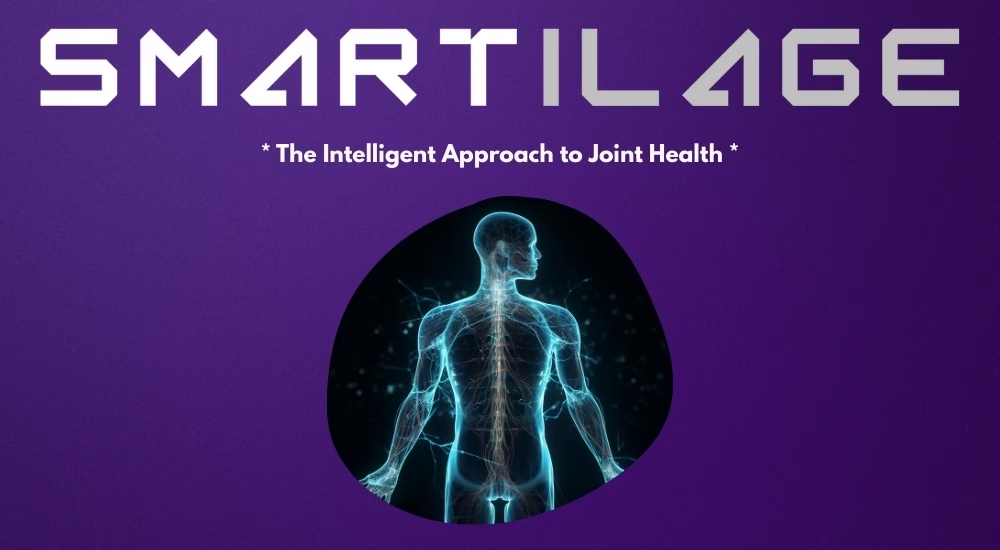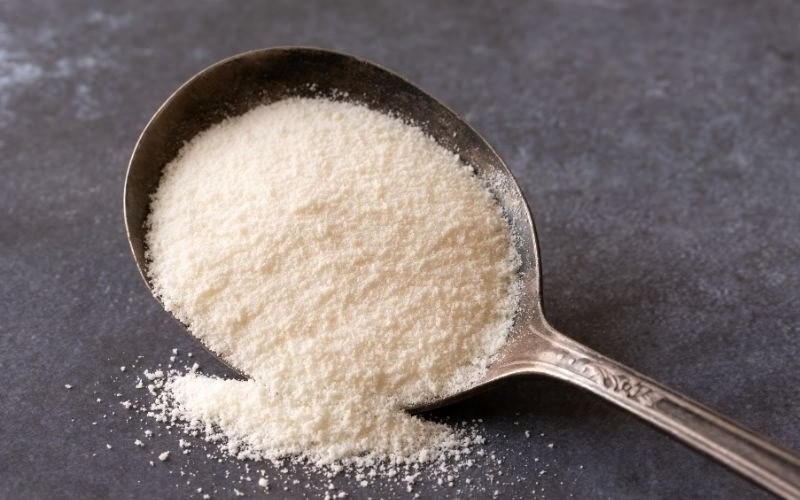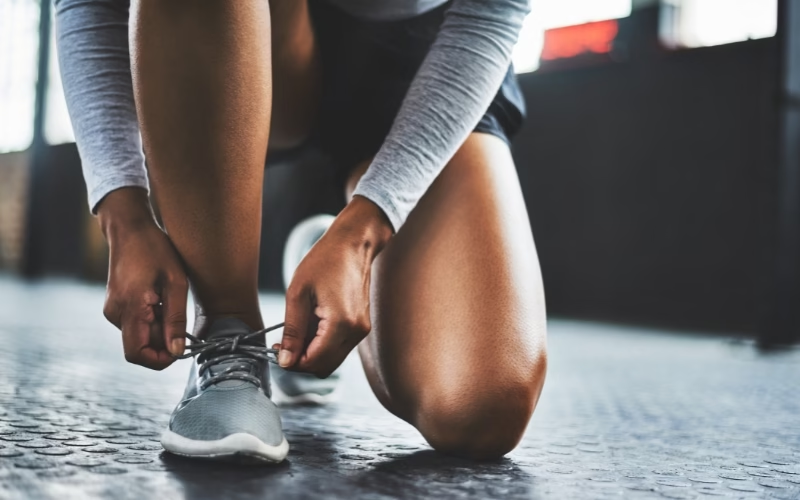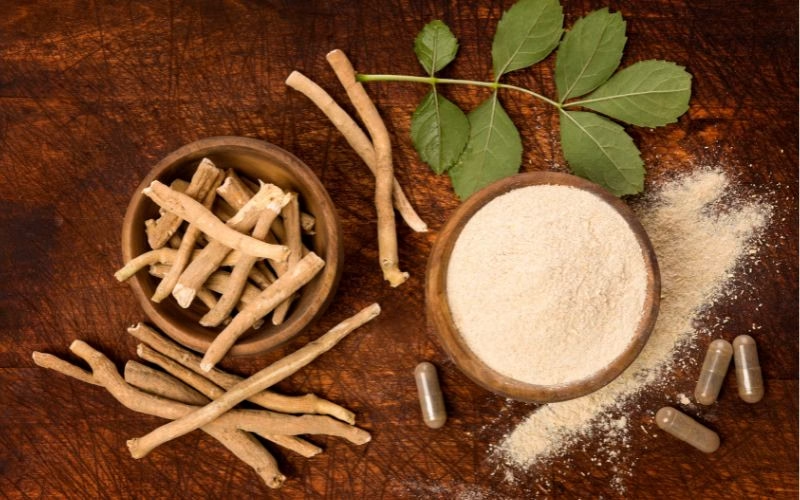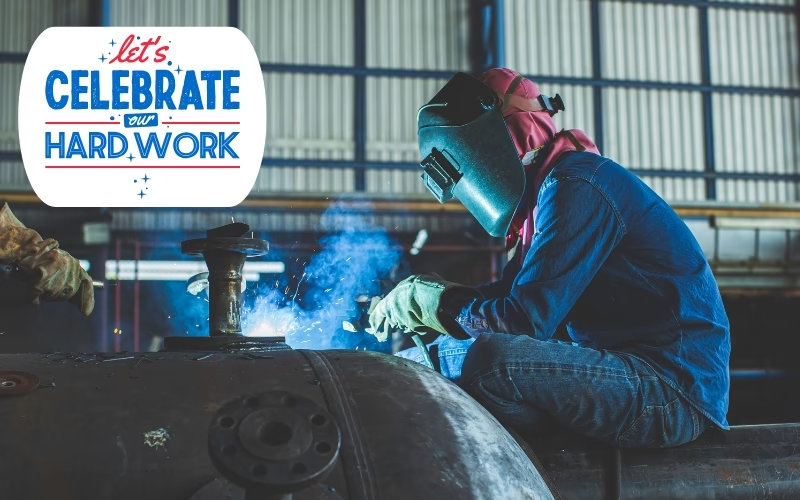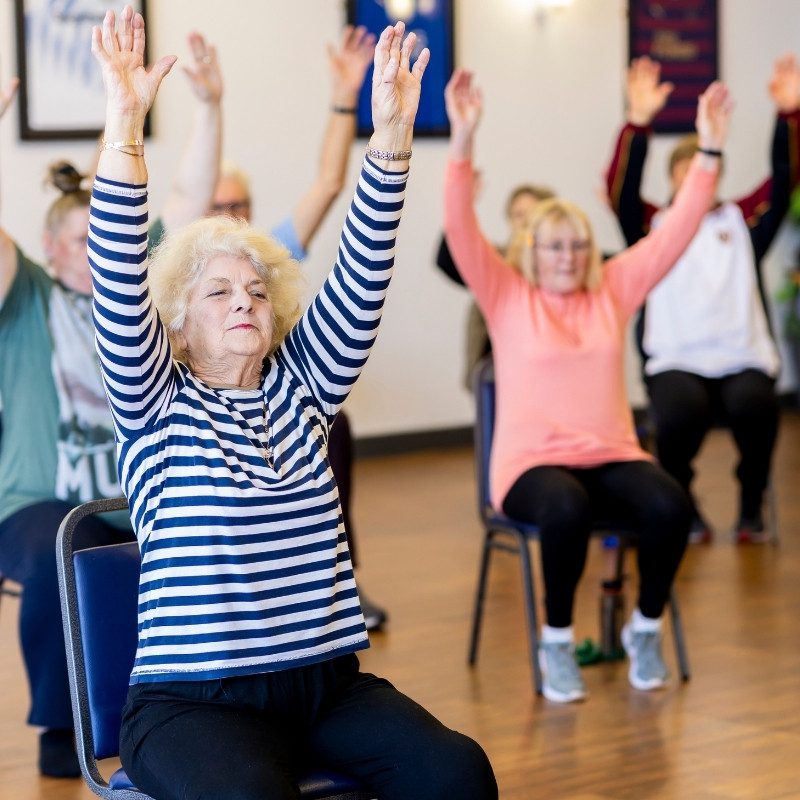Which Collagen Type Helps Your Connective Tissue Most
Introduction: The Confusion in the Collagen Aisle
If you’ve shopped for collagen, you’ve seen the numbers: I, II, and III. This alphabetical soup is confusing, and the supplement industry often fails to explain the key difference: each type has a distinct job and primary location in the body.
Taking Type I or III when your goal is joint repair is like using dry-wall compound to fix a leaky pipe—it’s the wrong tool for the job.
This guide clarifies the structure and function of the three most common collagen types, making it easy to ensure your investment targets your joints and cartilage, not just your hair and nails.
Once you know which type of collagen to take, learn how to maximize its effectiveness with our full guide on Vitamin C synthesis: The Complete Guide to Cartilage Repair: How Vitamin C Supercharges Collagen Type II Synthesis.
1. Collagen Type I: The Builder of Bones, Skin, and Tendons
Type I is the most abundant collagen in the human body, accounting for about 90% of your total collagen.
| Feature | Details |
|---|---|
| Primary Location | Skin (Dermis), Bones, Tendons, Ligaments, and Teeth. |
| Function | Provides tensile strength—the ability to resist stretching. It gives your skin elasticity and your bones their rigid framework. |
| Supplement Source | Often derived from Bovine (Cow) or Marine (Fish) sources. |
| Best For | Anti-aging (reducing wrinkles), strengthening hair and nails, and supporting bone density. |
The Joint Misconception: While Type I is in ligaments and tendons (which support the joint), it is not the primary component of the cushioning cartilage itself. Taking it for cartilage repair is highly inefficient.
2. Collagen Type III: The Partner to Type I and the Organ Framework
Type III collagen is usually found right alongside Type I, serving as a support matrix for major organs and tissue.
| Feature | Details |
|---|---|
| Primary Location | Blood vessel walls, intestines, muscles, and skin. |
| Function | Forms reticular fibers, providing a soft, resilient structural framework for large organs. Often used to support the structure and elasticity of young, healthy skin. |
| Supplement Source | Primarily derived from Bovine (Cow) sources. |
| Best For | Supporting skin elasticity (often decreases with age), gut lining health, and general tissue repair. |
The Takeaway: Type III is a general tissue support system. It complements Type I but plays an almost negligible role in the hard, shock-absorbing cartilage of the joints.
3. Collagen Type II: The Master of Cartilage and Cushioning
This is the only collagen type that matters when your goal is to repair, rebuild, and protect your body’s major joints.
| Feature | Details |
|---|---|
| Primary Location | Hyaline Cartilage (knees, hips, elbows), Nose, Ears, and the Vitreous of the Eye. |
| Function | Provides compressive strength—the ability to withstand pressure and act as a highly effective shock absorber. It’s the essential cushion between bones. |
| Supplement Source | Primarily derived from Chicken Sternum/Cartilage due to its high natural concentration of Type II. |
| Best For | Rebuilding joint cartilage, managing joint pain, increasing mobility, and reducing friction between bones. |
The Critical Difference: Type II is the Target
When your knees ache or your hips grind, it is the Type II cartilage that is eroding. If your supplement does not prioritize this specific type, you are using generic protein where highly specialized material is needed.
Supplementing with Type II collagen has shown positive results with people who have chronic pain and stiffness.
4. The Smart Consumer’s Summary Table
| Collagen Type | Target Tissue | Key Function | Is it Best for Cartilage Repair? |
|---|---|---|---|
| Type I | Skin, Bone, Tendons | Tensile Strength | ❌ No (Best for skin/hair) |
| Type III | Blood Vessels, Organs | Structural Framework | ❌ No (Best for organ/gut health) |
| Type II | Joint Cartilage | Compressive Strength (Cushioning) | ✅ YES |
Conclusion: Focus Your Fuel
Choosing a joint supplement shouldn’t be a shot in the dark. By focusing on formulas that specifically contain Collagen Type II, you ensure that the raw materials you are supplying go precisely where they are needed: your joints.
Furthermore, remember the synergy: even the perfect raw material (Type II) is useless without the necessary tools. Always ensure your chosen Type II formula includes the therapeutic dose of Vitamin C to activate the synthesis process.
Ready to use the right tool for the job? Our formula is laser-focused on providing high-quality Collagen Type II paired with the necessary Vitamin C cofactor for proven joint regeneration.
